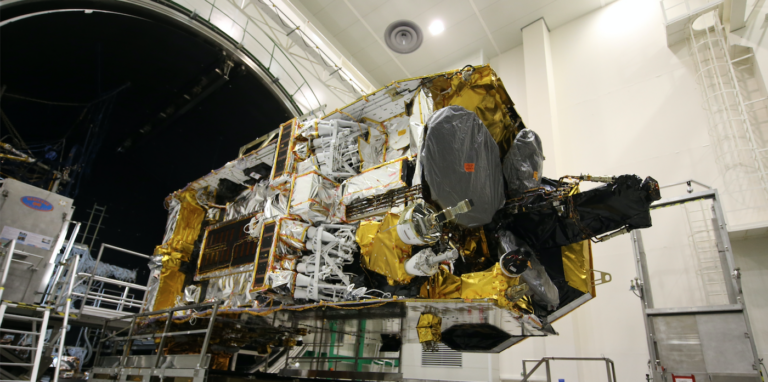Inmarsat has unveiled Elera, a global narrow-band network that is designed for the rapidly evolving world of the Internet of Things (IoT) and for global mobility customers, including aviation. Elera builds on Inmarsat’s mobile satellite services (MSS) work, and the company sees it as a “springboard for innovation, unlocking, accelerating and scaling pioneering use cases on land, at sea and in the air.”
The network is based on Inmarsat’s L-band network, enhanced with spectrum management (carrier aggregation) technology to deliver speeds up to 1.7Mbps, smaller low-cost terminals and two new Inmarsat-6 L-band satellites. The first of these satellites (I-6 F1), claimed by Inmarsat to be the largest and most sophisticated commercial communication satellites ever created, is scheduled to launch before the end of the year, with live commercial aviation customer trials scheduled to start during 2022.
The L-band capacity on each I-6 satellite will be greater than Inmarsat’s fourth-generation technologies, delivering a claimed 50% more capacity per beam, meaning that much more data can be carried over the same geographical area, in addition to unlimited beam routing flexibility.
The announcement comes just 14 days after Inmarsat announced Orchestra, the world’s first network to combine GEO, LEO and 5G into one global communications system.
These investments are driving confidence within the company. As Rajeev Suri, CEO of Inmarsat stated, “I expect that Inmarsat will grow strongly in 2021 compared to the previous year, and that growth will span most of our business units. Our progress was evident in the first half, where we saw strong growth in revenue and EBITDA and robust cash flow. We have sharpened our strategy to focus on driving growth, accelerate decision making, launch new innovations, and are creating a more commercially focused, customer-centric culture.”





